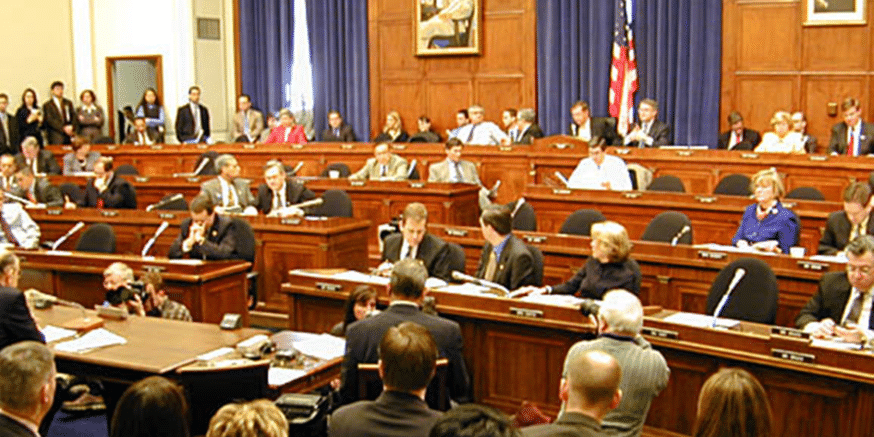TLDR
- U.S. Treasury ordered to design a federal Bitcoin Reserve within 90 days
- Congress pushes Treasury to draft Bitcoin custody and security framework
- Federal Bitcoin Reserve plan set to reshape U.S. digital asset governance
- Treasury to report on Bitcoin custody, legal, and balance sheet standard
- U.S. joins global race as Bitcoin emerges as a sovereign strategic reserve
Congress has advanced legislation requiring the U.S. Treasury to develop a comprehensive plan for a federal Bitcoin Reserve. This initiative mandates a 90-day feasibility report that will cover digital asset custody, security, and governance. The effort follows a March 2025 executive order and signals a shift in how the government treats seized Bitcoin holdings.
Treasury Tasked With Strategic Bitcoin Reserve Framework
Congress included key directives in the latest appropriations bill to formalize a federal Bitcoin Reserve. The legislation instructs the Treasury Department to produce a detailed report within 90 days of enactment. It must address custody architecture, legal authority, cybersecurity safeguards, and interagency coordination.
The Treasury will also define custody standards and key management for Bitcoin under federal control. These standards could serve as a model for broader industry adoption. The report must include how Bitcoin will appear on government balance sheets and how third-party custodians will be used.
The bill requires an analysis of impacts on the Treasury Forfeiture Fund. It also seeks identification of legal hurdles and future operational risks. These steps show that lawmakers want to treat Bitcoin Reserve planning as a national infrastructure initiative.
Trump’s Order Set the Groundwork for Bitcoin Reserve
President Trump’s March 2025 executive order laid the foundation for a federal Bitcoin Reserve strategy. The order proposed building a strategic reserve funded by confiscated digital assets. It left operational and legal details undefined, prompting this legislative follow-up.
Under this framework, the U.S. will not purchase new Bitcoin but will manage holdings it already controls. The federal government currently holds between 198,000 and 207,000 Bitcoin, valued at up to $20 billion. This marks a reversal from previous auctions of seized assets.
Trump’s directive reframed Bitcoin as a strategic asset, similar to gold or petroleum reserves. The Treasury must now formalize how such assets are stored, tracked, and transferred. The classified component of the report, prepared with the NSA, will address national security issues.
States and Other Nations Move Toward Bitcoin Reserves
Several U.S. states are pursuing their own Bitcoin Reserve plans alongside federal efforts. Texas has already implemented one under SB 21, while Arizona and New Hampshire have passed digital asset investment laws. So far this year, 16 states have introduced Bitcoin Reserve legislation.
Globally, governments are also securing digital reserves. China holds approximately 194,000 Bitcoin from enforcement actions, while Bhutan has over 11,000 through sustainable mining. El Salvador, despite reversing legal tender status, still retains its holdings.
Nations like Russia and Brazil are exploring Bitcoin Reserves to mitigate geopolitical risk. Japan and Poland are advancing policy frameworks, while smaller countries like the Czech Republic are engaged in early debates. The global trend is now clear—Bitcoin is gaining traction as a sovereign asset class.
The U.S. legislative move highlights growing alignment between financial security and digital infrastructure. The Bitcoin Reserve plan may shape digital asset policy for years to come. As competition intensifies, the U.S. appears determined not to fall behind in this strategic race.






